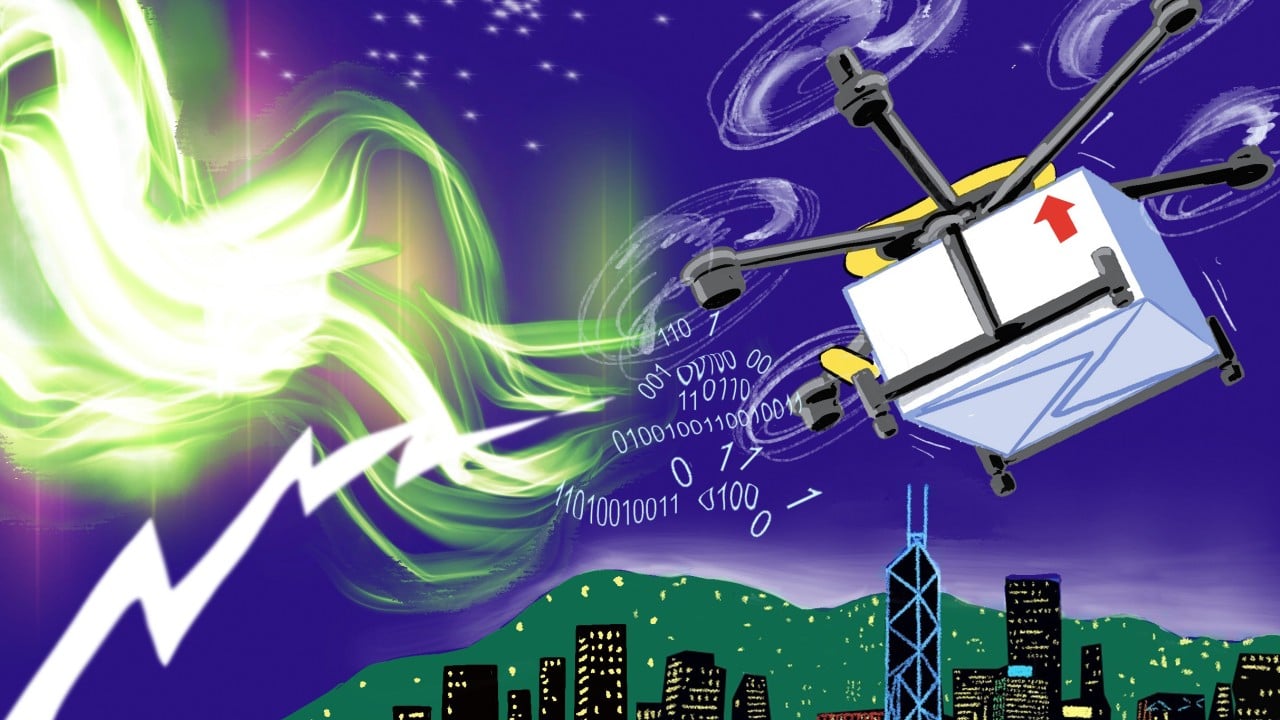During the National Day celebrations this year, drone shows over Victoria Harbour were cancelled because of a space weather phenomenon known as ionospheric scintillation. However, the drone shows in Shenzhen around the same time went ahead after some slight delays. People therefore were puzzled, not just by the rather technical term but also about why there was such a big difference given how close Shenzhen is to Hong Kong.
Advertisement
Space weather phenomena triggered by strong solar activity usually affect high-latitude regions the most, creating effects such as auroras. However, at times they can also cause re-routing of certain long-haul flights from fuel-saving polar routes to lower-latitude ones to avoid possible navigation, communication and health concerns.
In stronger events, such as the March 1989 geomagnetic storm which brought down the electric power system of Quebec for at least nine hours, several transformers in northeastern United States were damaged and anomalies in power systems were reported as far south as California. Aurora sightings were also reported in Florida.
Several satellites, including the GOES meteorological satellite, lost control or data transmission for several hours. Radio communications were also affected in many places around the world. Another strong event in October 2003 even damaged transformers in South Africa, which has a relatively low geomagnetic latitude.
The most extreme space weather event observed to date, known as the Carrington Event, took place in September 1859. Even though electricity was not widely in use at the time, sparks were induced along telegraph wires, rendering the telegraph networks in North America, Europe and even parts of Australia and Asia inoperable for days. Auroras were spotted as far south as Panama.
Advertisement
Historical records suggest an event such as the Quebec solar storm could recur every 50 years or so and something like the Carrington Event could take place around every 200 years. A 2013 report by Lloyd’s of London estimated a cost of between US$600 billion and US$2.6 trillion if extreme space weather akin to the Carrington Event was to recur in the US now.

